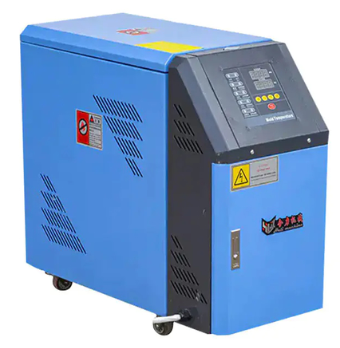Summary:Mold life and downtime are critical factors that affect the productivity and profitability of manufacturing processes, especially in industries such a
Mold life and downtime are critical factors that affect the productivity and profitability of manufacturing processes, especially in industries such as plastics, rubber, and die-casting.
Temperature control systems play a crucial role in enhancing mold life and reducing downtime.
Here are some ways temperature control systems can help:
Consistent Mold Temperature: Temperature control systems help maintain consistent mold temperature, which is crucial for consistent quality and reducing wear and tear on the mold. Variations in mold temperature can lead to uneven cooling and warping, which can cause premature mold failure.
Reduced Cycle Time: Temperature control systems can help reduce cycle time by improving cooling efficiency. With faster and more efficient cooling, the mold can be opened and closed more quickly, which can increase production output and reduce downtime.
Improved Product Quality: Temperature control systems can also improve product quality by reducing the risk of defects such as sink marks, warping, and voids. Maintaining the correct mold temperature can help ensure that the product comes out of the mold with the correct shape, dimensions, and surface finish.
Longer Mold Life: Temperature control systems can extend mold life by reducing thermal stress and wear and tear. With consistent mold temperature, the mold experiences less thermal expansion and contraction, which can cause cracks and deformation over time. Additionally, the consistent temperature reduces wear on the mold surfaces, which can prolong the mold's useful life.
In conclusion, temperature control systems are essential in enhancing mold life and reducing downtime. Investing in high-quality temperature control systems can help manufacturers maintain consistent mold temperature, reduce cycle time, improve product quality, and prolong the mold's useful life.














